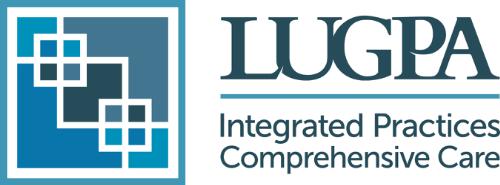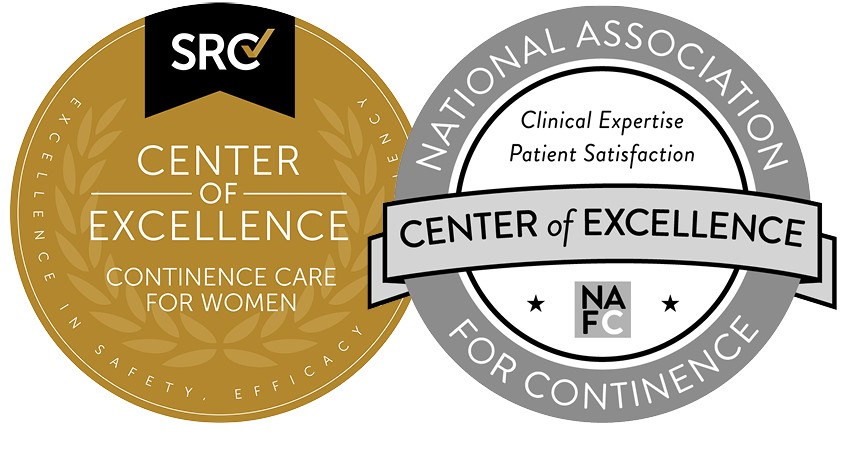Healthcare Price TransparencyMay 2023
In 2020, LUGPA surveyed the level of public support for price transparency. This survey, conducted by the international polling firm YouGov, found that most Americans support price transparency in healthcare. The results found that 91% of the 1,342 respondents said they believe hospitals and healthcare facilities should be required to disclose the costs of their services. In addition, 66% of respondents believe price transparency will improve healthcare. LUGPA’s poll also found that 66% of Americans would shop around for care; these results dispute common claims made by hospitals and groups who oppose healthcare price transparency. Current Federal Rules on Price Transparency There are two primary federal rules governing health price transparency. The first federal rule, CMS-1717-F2, went into effect in January 2021. The rule requires all hospitals to post five standard charges for all items and services in machine-readable format online, including Gross Charges, Payor-Specific Negotiated Rates, De-Identified Minimum Negotiated Rates, De-Identified Maximum Negotiated Rates, and Discounted Cash Prices. In addition to these prices, the rule from CMS also requires hospitals to display a list of easy-to-understand, negotiated charges for 300 specific shoppable items and services. The second primary federal health transparency rule is the Transparency in Coverage Final Rule (CMS-9915-F). Beginning on July 1, 2022, group health plans and issuers of a group or individual health insurance were required to post pricing information for covered items and services. Similar to the rule in CMS-1717-F2, under 9915-F, payors must post easily accessible, machine-readable files, including information on in-network rates for plan issuers and providers and the allowed amounts for and billed charges used by out-of-network providers. Additional requirements went into effect on Jan. 1, 2023, which require payors to create and post a paper or online price comparison tool for consumers. By January 1, 2024, plans and issuers must make price comparison information available concerning all covered items and services. To help hospitals navigate these new rules, CMS has published a list of hospital price transparency resources to help hospitals meet federal requirements. These resources are available here: https://www.cms.gov/hospital-price-transparency/resources
Compliance with Price Transparency is Low Despite their adoption, the new transparency requirements may have yet to be implemented as quickly as some supporters hoped. In a February 2023 article in Health Affairs, Meena Seshamani and Douglas Jacobs of CMS discussed CMS's efforts to implement price transparency rules and how they plan to improve compliance. In a 2021 assessment of 235 randomly sampled hospitals conducted by CMS in 2021, the agency found that less than 1/3 of hospitals met both requirement criteria. Other recent analyses of price transparency implementation have found far lower levels of compliance. In its semi-annual price transparency report released in February 2023, patientrightsadvocate.org found that only 24.5% of the 2,000 sampled hospitals were fully compliant. The group found that, while many hospitals had posted price information that was available to the public, the information posted was often incomplete, illegible, or not displaying all of the information required by federal rules. LUGPA Submits Comments and Recommendations to House Energy & Commerce Health Subcommittee On March 28th, the House Energy & Commerce Health Subcommittee held a hearing on “Lowering Unaffordable Costs: Examining Transparency and Competition in Health Care.” The hearing focused on two primary issues: the hospital price transparency rule and the insurer price transparency rule, known as the “Transparency in Coverage” rule. Before the meeting, LUGPA submitted testimony to the Committee that was included in the record and posted on the committee’s website. LUGPA’s testimony called on Congress and the Administration to:
LUGPA’s March 28 testimony is available online for more information on healthcare price transparency.
. LUGPA’S ACTIONS AND RESOURCESLUGPA Policy Brief - Executive Order on Healthcare Price Transparency - March 2025 LUGPA Policy Brief: Strengthening Hospital Price Transparency - March 2025 LUGPA Policy Update: The Lower Costs, More Transparency Act - Dec. 18, 2023 Policy Brief: Addressing Hidden Fees for Doctors in Health Care Payments- Aug. 2023 |




